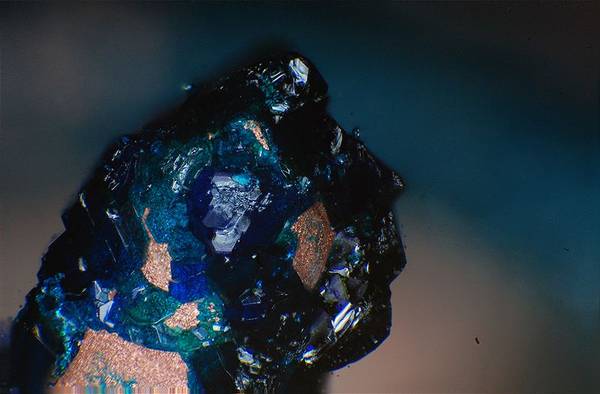Copper
Copper is mainly extracted from ores. The most important copper ores are chalcopyrite, chalcopyrite and copper slate.
Pure copper has a shiny, reddish-brown color. When exposed to air, the surface oxidizes over time to form a dark brown, matt protective layer. This process makes the metal largely resistant to weathering. The reason for this is the interaction of carbon dioxide and oxygen in a humid environment. In high concentrations, the oxide layer can develop a bright green, the so-called patina, also known as patina rust.
Patina should not be confused with verdigris. Verdigris destroys the copper and is extremely toxic.
…..more about this under: FAQ
Patina
Grey-green surface layer on copper and copper alloys consisting of basic carbonates and sulphates, which forms through reaction with the carbon and sulphur dioxide contained in the air. Patina is also known as “noble rust” and protects copper from weathering. In its distinctive green form, the patina appears after around 8 to 15 years on flat surfaces that are heavily exposed to rain, depending on the amount of rain and the composition of the water.
verdigris
Mixture of basic copper(II) acetates of green or blue color, which is deposited on copper or brass. The green patina covering copper roofs is often referred to as verdigris. However, this is incorrect! Verdigris does not result from the reaction of copper with water, but from the reaction of copper with acetic acid. Without the presence of acetic acid, verdigris cannot form in water pipes. The greenish-blue copper-carbonate layers occurring in these pipes are particularly desirable as an important natural protective layer.
